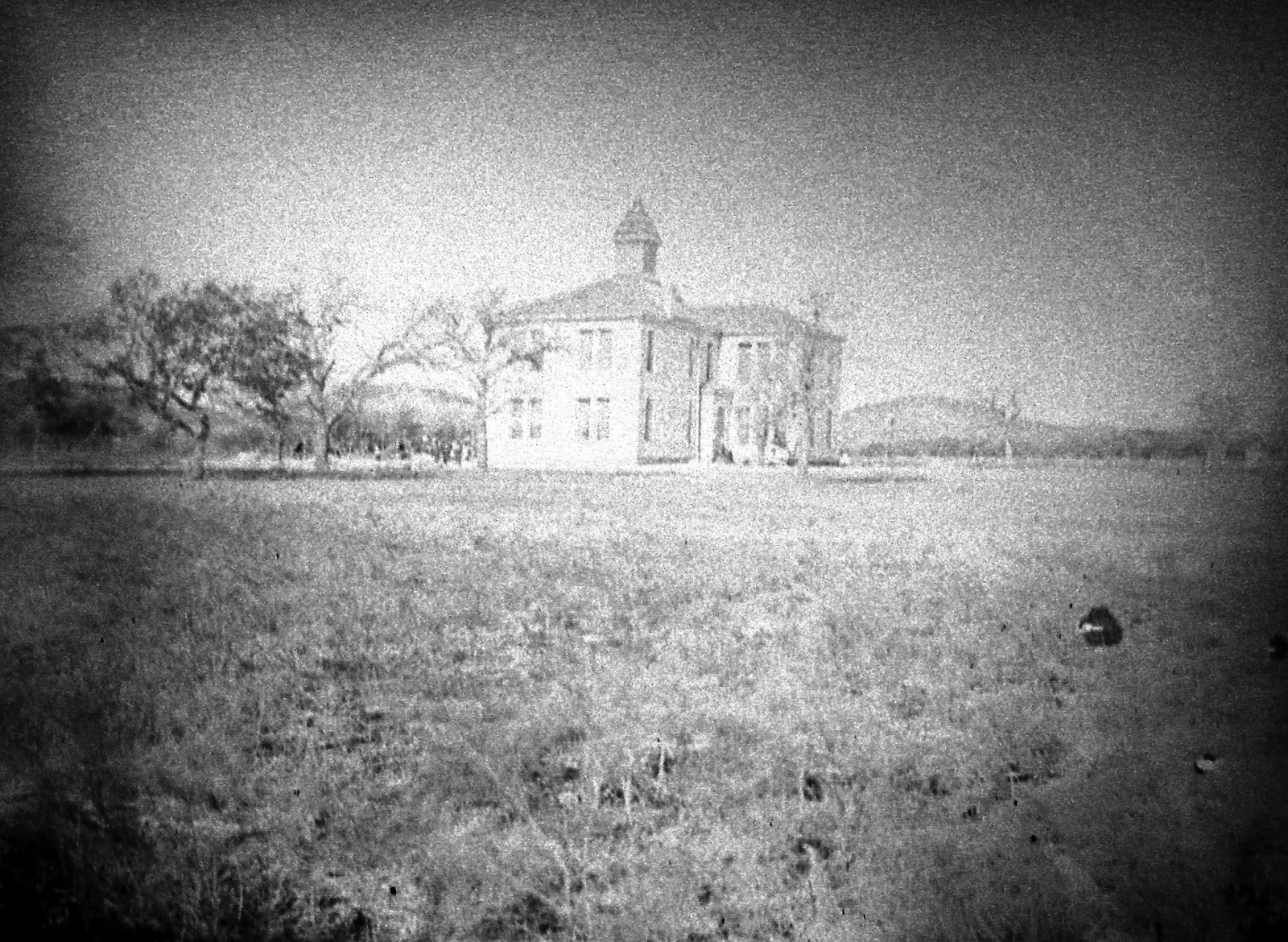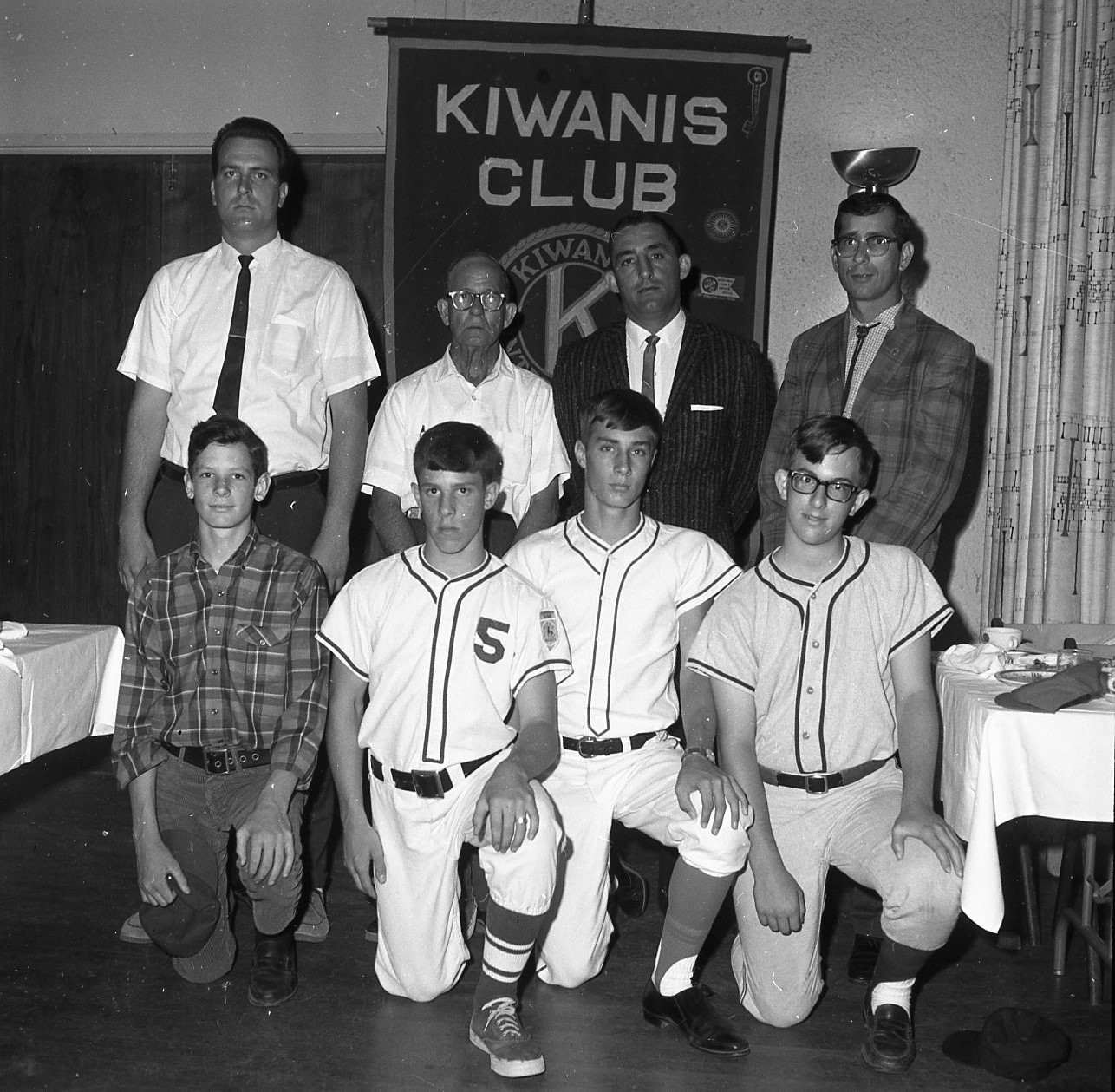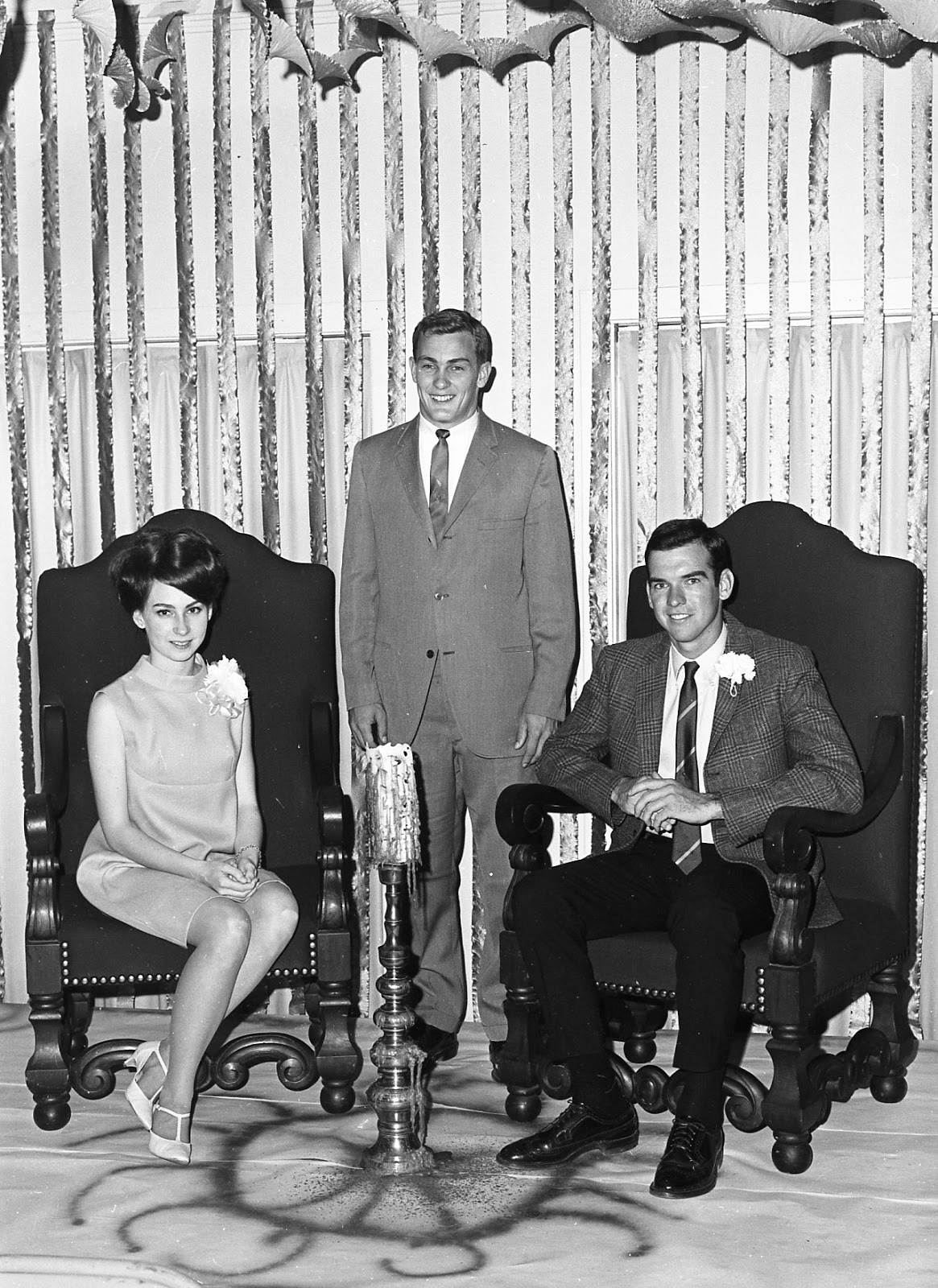![]() |
| A very generous gift, indeed. |
Kerrville and Kerr County have long been home to generous families, from the very first days of their founding to the present day.
Recent gifts make the news, as the Cailloux Foundation, the James Avery Foundation, the H. E. Butt Grocery Company, and the Peterson Foundation provide support to worthwhile causes, but it's my opinion the most valuable gift ever given to the citizens of Kerrville came from an source few would guess, and was a gift few would remember.
Before revealing the gift I think benefited the most people in Kerrville, let's consider some of the major gifts to our community, from today to long ago.
The Cailloux Foundation, of course, has had a major impact on our community. The Cailloux Theater project, which renovated the old Kerrville Municipal Auditorium, transforming it into a first class performance facility, comes to mind first. What had been a rather plain theater, with bad acoustics and an odd, mostly flat concrete floor (built that way so dances could be held there) saw big changes about a decade ago. The facade was changed as a lobby was added. Theater seating was added, along with an orchestra pit and redesigned stage, complete with an orchestra shell. While many contributed to the project, the Cailloux Foundation provided most of the financial support.
More recently, the Cailloux Foundation was instrumental in the redevelopment of the 700 block of Water Street in downtown Kerrville, funding the demolition of the old Sid Peterson Memorial Hospital, the design of a new square, inducing the construction of a purpose-built Kerrville City Hall, and the renovation of the old Charles Schreiner Company buildings.
The hospital, which stood vacant for far too long, was removed to make way for the new Peterson Plaza. The plaza was designed, in part, to be like a town square; when the city government decided to build a new city hall on the site it came closer to that intent. Coupled with Schreiner University's recent ownership of the old home of Captain Charles Schreiner, and the renovation of Captain Schreiner's store, along with the excellent work on the Kerrville Arts and Cultural Center, the 700 block became quite a gem for our community.
This came about because of the generosity of the Cailloux Foundation, though you can find other examples of their efforts. Donations to the Notre Dame Catholic School, and to Our Lady of the Hills Catholic high school gave each new gymnasiums. Annual scholarships to worthy students have provided college educations for those who might not otherwise have furthered their schooling.
The James Avery Foundation has also been at work in the 700 block of Water Street, and was a major contributor to the conversion of an old Great Depression-era post office into a thriving space for art, the Kerr Arts and Cultural Center. This heavily-visited site has new exhibits on a regular basis, and provides space for seasoned and new artists to display their work, to take art classes, and to offer their work for sale to the public.
Other causes supported by the James Avery Foundation include the Peterson Regional Medical Center, Riverside Nature Center, and the American Red Cross, along with many other causes.
The H. E. Butt Grocery Company has been generous to Kerrville and Kerr County since its founding here in Kerrville in 1905. I've heard many stories about the generosity of the company's founder, Florence Thornton Butt. She truly had a heart for those less fortunate than herself, even before her store could be considered a genuine commercial success. Stories abound of her taking gifts of fruit and food to families in need; indeed her generosity more than once put the growth of the company at risk. In its earliest days, when there was just one small store here in Kerrville, Mrs. Butt would often provide groceries to hungry families at no charge.
In the late 1960s, her son Howard and his wife Mary gave our community a library, in honor of their families. In recent years, Florence Butt's grandson provided for the renovation of that library.
For many years the Hal and Charlie Peterson Foundation was primarily focused on funding the needs of the Sid Peterson Memorial Hospital, but few realize the breadth of the giving of this quiet Kerr County foundation. Last year the Peterson Foundation distributed over $1.2 million dollars to area charities, schools, medical clinics, and arts groups. Beneficiaries last year ranged from the City of Kerrville to the Hill Country Arts Foundation, from Schreiner University to Habitat for Humanity. If it's a worthwhile cause in Kerr County (or in surrounding counties), very often the Peterson Foundation will be an active supporter.
Captain Schreiner was also generous with Kerrville and Kerr County, from establishing a fund for roads, still in use by Kerr County, to establishing what is now Schreiner University. Schreiner University, in particular, stands out among Captain Schreiner's many contributions to this and surrounding communities. For nine decades hill country students have improved their lives at the Kerrville campus.
Kerrville's founder, Joshua D. Brown, was also generous, even as our community was just getting started. In 1856, in return for designating "Kerrsville" as the county seat of the newly-formed Kerr County, the first commissioners court required Brown to donate plots of land for public use: four acres for a 'public square,' on which today's Kerr County Courthouse sits; 'one choice good lot fronting the public square for county use;' one lot in suitable place for a public church;''one lot in suitable place for public school house;' and 'one lot in suitable place for jail.'
Despite these important gifts, I think the most valuable gift ever given to the citizens of Kerrville came from a man born in Canada in 1818. He served in both the Texas legislature and in the California legislature, and wore the gray uniform during the American Civil War. Though he and his two sisters took an oath to never marry, late in life he married a Kerrville widow, much to his sisters' chagrin. (One sister never forgave him.) He used to race horses in the area around what is today Broadway Street, between the Cailloux Theater and Schreiner University. In the final years of his life, he operated a small hotel.
His name was Joseph A. Tivy, and because of his keen interest in public education, he pushed Kerrville to form a lasting system of public education. He donated the land for a public school and lead the young community during its establishment.
In 1842, well before Kerrville existed, Joseph A. Tivy acquired the 'military' grant of Thomas Hand, a site he'd seen when he served as General Surveyor of the Texas General Land Office. After serving with Jack Hays in the Texas Rangers, and adventures in California during the Gold Rush, and after service in the Confederate States Army, he and his two sisters moved to Kerrville, in 1872.
Free public schools were crucial to the development of our community. When Tivy donated 16.67 acres for such schools, out of the old Thomas Hand tract, it was determined the only entity which could accept the gift was an incorporated city. So, in 1889, the City of Kerrville was incorporated, and Tivy served as Kerrville's first mayor.
Other gifts have played an important role in our community, to be sure. But it's my opinion the gift of free public schools, enjoyed by Kerrville school children for almost 125 years, has had the most lasting impact on our community.
Generous gifts are a long-held trait of the people of the Texas Hill Country. During this season of giving, I hope we all learn from the example of those who came before us.
This story originally appeared in the Comanche Trace Lifesytyle magazine in December, 2013.~*~









































